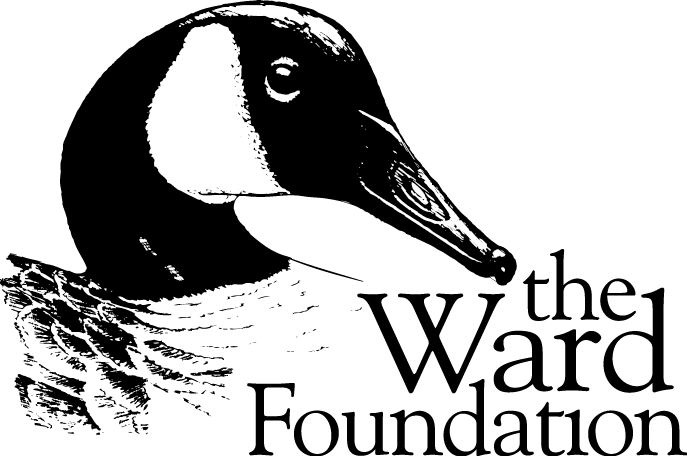Gary Yoder has been carving decorative birds for over forty years. Since 1985, he has spent much of his time carving from his own two-story, log cabin studio, located in the Spruce Forest Artisan Village in Grantsville, Maryland. Although the village is only open to visitors from May to October, Yoder is one of the few artists that works in his studio year round. Yoder has had a lifetime fascination with birds and has been carving since a local school teacher taught him to whittle when he was eleven. By the age of thirteen, Yoder’s skills were honed enough that he began working as a featured carver at Spruce Forest during summer vacation from school. At the time, his birds sold for $5 each.
In 1969, after his former third-grade teacher offered to pay $35 for a quail family including one adult and six chicks, Yoder realized his bird carvings could be valuable, although at the time he thought $35 was too much money to ask for them. The teacher kept the birds throughout her career and after her death, her family returned them to Yoder. Now, the bird family is on display in Yoder’s studio and often acts as a talking point when Yoder introduces bird carving to new comers.
The quail family is part of a tabletop collection of carvings from throughout Yoder’s career. Also included in this collection are a heron he carved in 1973, a kestrel from 1975, and a pair of barn swallows from 1979. Each of these pieces marks a milestone in Yoder’s career, such as learning new carving styles, learning to use new tools, or trying new concepts, and highlights his evolution as a carver.
Yoder is known for carving many different bird species; however, duck carvings are not one of them. According to Yoder, he once carved a floating decorative pintail for the Mid-Atlantic Wildfowl Festival in Virginia Beach, however, he was disheartened to learn that his good friend, and renowned carver, Pat Godin had also entered the competition. Yoder, who admitted that Godin’s pintail “blew his out of the water” in that competition, gave up duck carving for good following the festival in order to devote all his focus to other species.
A typical work day for Yoder, during the time when Spruce Forest is open to visitors, is separated into two parts. The first half of the day, Yoder entertains visitors by answering questions, explaining his carvings, and telling the stories behind his artwork. Yoder typically carves feathers, he offers as many as 40 different choices, for his visitors so that they can see the artist at work and have the opportunity to purchase a piece of his artwork at an inexpensive price. Once all the visitors have gone, so that there are no distractions, Yoder then turns his attention to his serious carving projects where he tries to capture a bird in a moment of time.
One of the defining features of Yoder’s carvings is his attention to detail. He often conducts in-depth studies of birds or other objects he is planning to carve, such as branches and leaves. After he meticulously studies his subject, Yoder then plans his carving by sculpting it in clay. These studies and planning stages help alert Yoder to the subtleties of his subjects, such as branch angles, flowering sequences, and bark patterns, which help set his carvings apart from many of his contemporaries.
Gary Yoder has come a long way since learning to whittle at the age of eleven. He is a five time Ward World Championship first-place winner, making his name one of the most well-known among the carving community. His work has been displayed in various museums around the country, including the Bruce Museum, Leigh Yawkey Woodson Art Museum, the Smithsonian Institution, and the Ward Museum of Wildfowl Art, and is also highly sought after by collectors from around the world.
Since Yoder began carving birds just as the popularity of wildfowl carving began to explode, he has been able to mature along with the art form. Along his way to becoming one of the county’s most elite active carvers, he has learned skills and techniques from men such as Wendell Gilley, John Scheeler, and Bob Guge. Yoder’s dedication to bird carving can be summed up in a quote from the artist himself. “It’s not a hobby, it’s not a career,” he said when speaking of his beloved art form. “It’s a lifestyle.” Given his talent and dedication, Yoder is well on his way to becoming an historical icon in the world of decorative bird carving, if he is not there already.
For additional information
“The Growth of a Carver,” by Bill Einsig. Wildfowl Carving Magazine, Fall 2009, 43-51.
